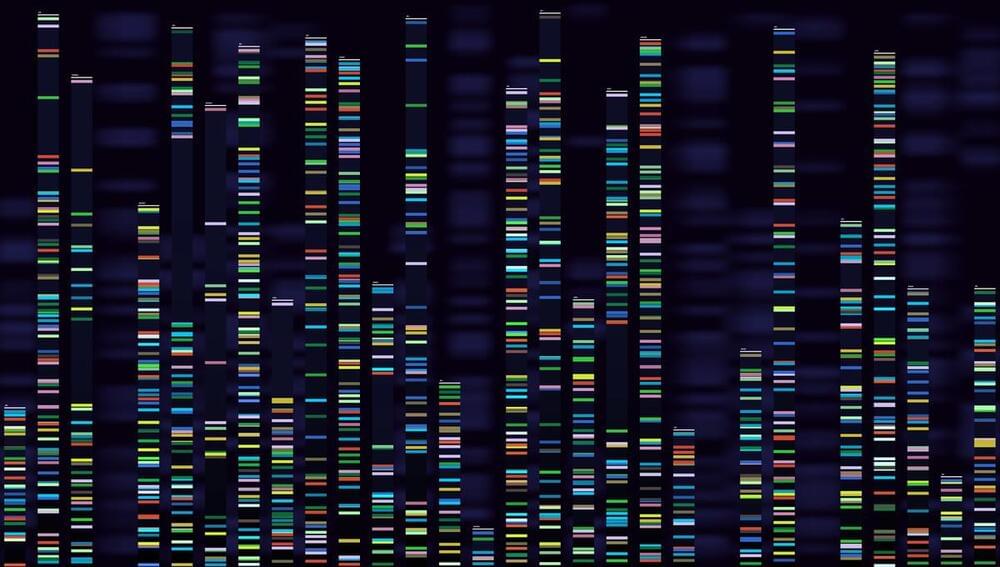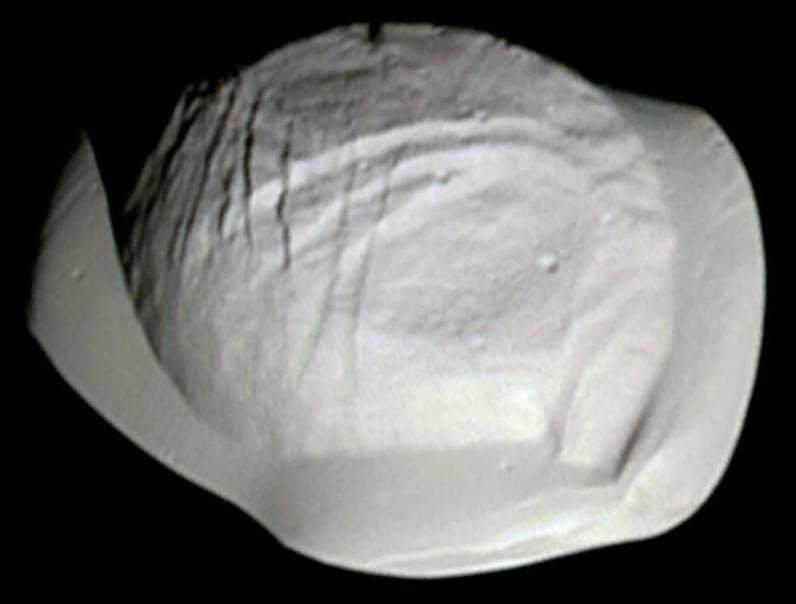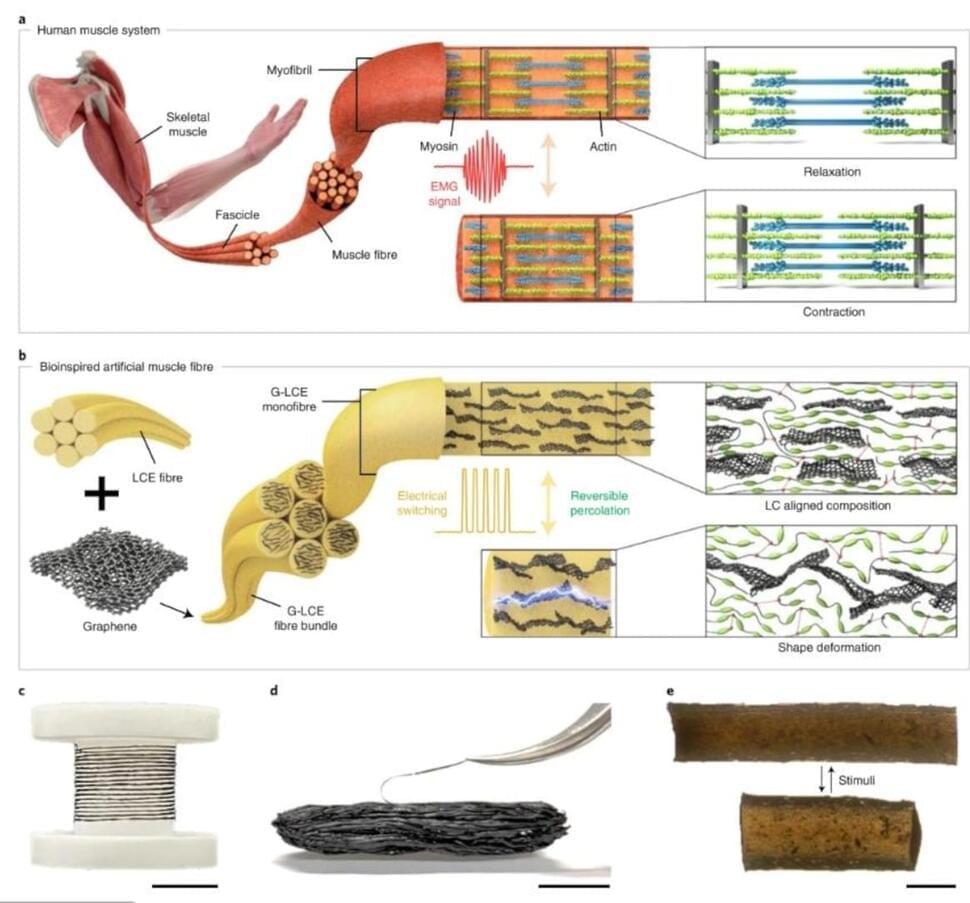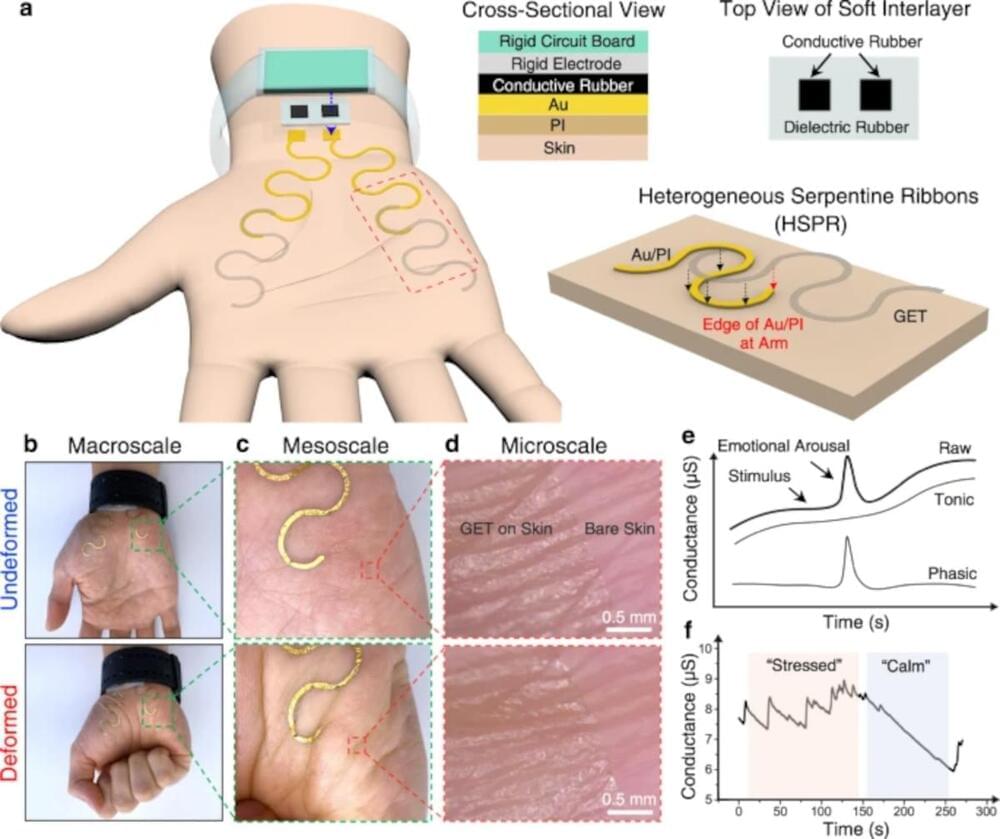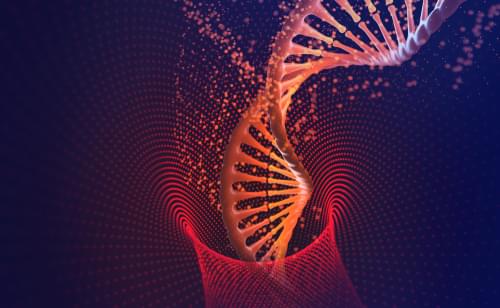The first fully complete human genome with no gaps is now available to view for scientists and the public, marking a huge moment for human genetics. Announced in a preprint in June 2021, six papers have now been published in the journal Science. They describe the painstaking work that goes into sequencing an over 6 billion base pair genome, with 200 million added in this new research. The new genome now adds 99 genes likely to code for proteins and 2,000 candidate genes that were previously unknown.
Many will be asking: “wait, didn’t we already sequence the human genome?” In part, yes – in 2000, the Human Genome Sequencing Consortium published their first drafts of the human genome, results that subsequently paved the way for almost every facet of human genetics available today.
The most recent draft of the human genome has been used as a reference since 2013. But weighed down by impractical sequencing techniques, these drafts left out the most complex regions of our DNA, which make up around 8 percent of the total genome. This is because these sequences are highly repetitive and contain many duplicated regions – attempting to put them together in the right places is like trying to complete a jigsaw puzzle where all the pieces are the same shape and have no image on the front. Long gaps and underrepresentation of large, repeating sequences made it so that this genetic material has been excluded for the past 20 years. Scientists had to come up with more accurate methods of sequencing to illuminate the darkest corners of the genome.
